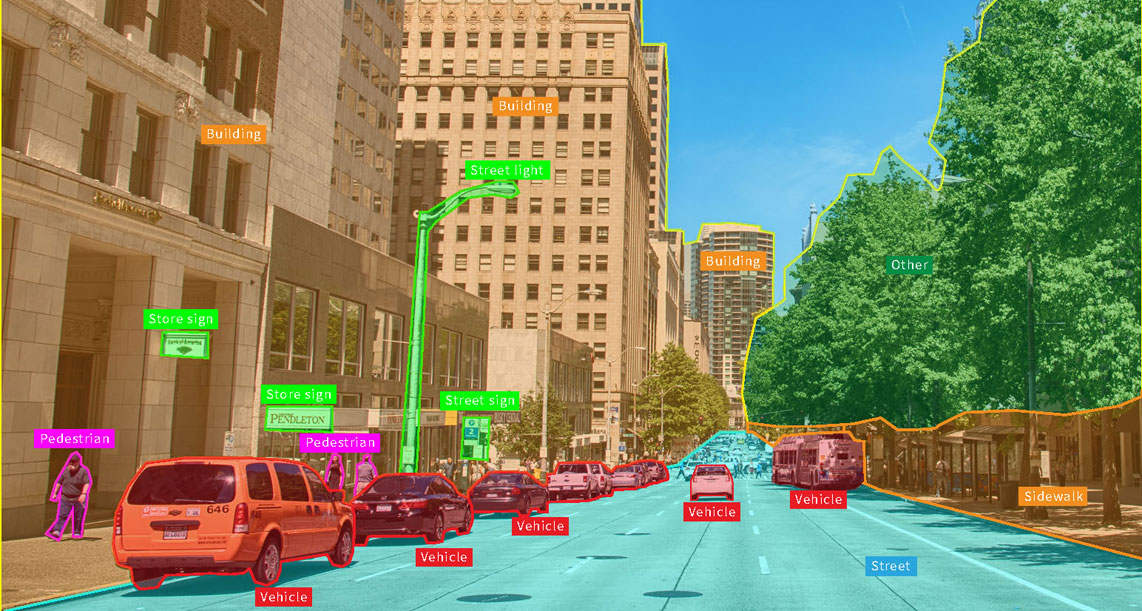- An imaging device containing an image sensor and a lens
- An image capture board or frame grabber may be used (in some digital cameras that use a modern interface, a frame grabber is not required)
- Application-appropriate lighting
- Software that processes the images via a computer or an internal system, as in many “smart” cameras
Computer Vision vs. Machine Vision — What’s the Difference?











